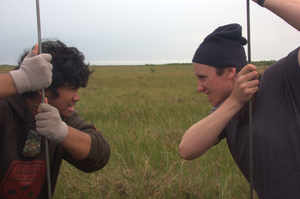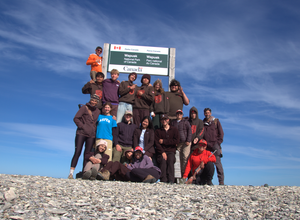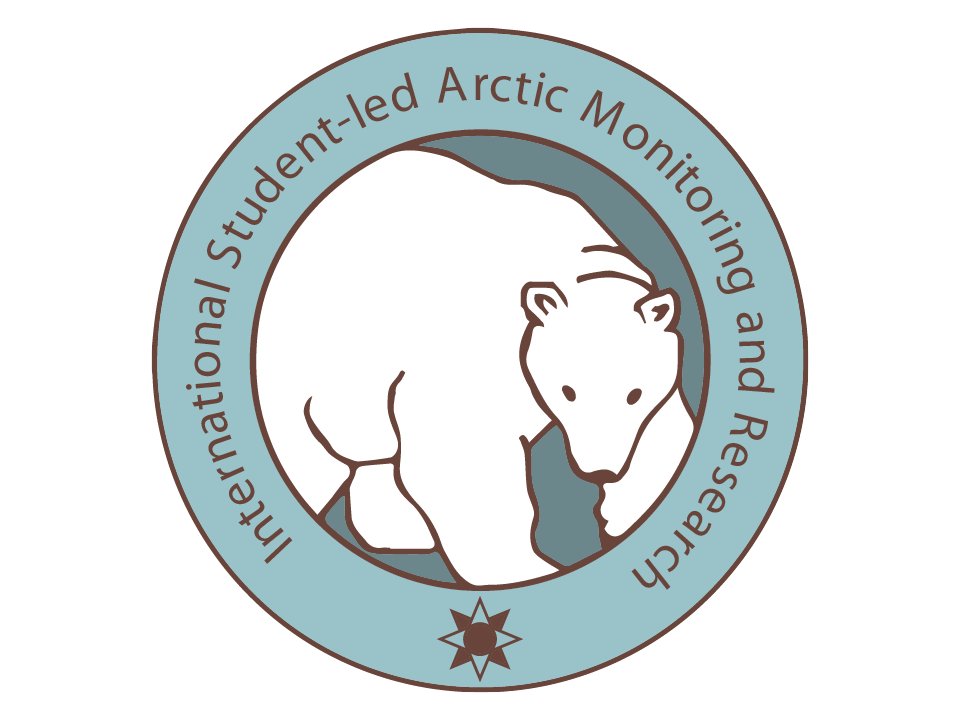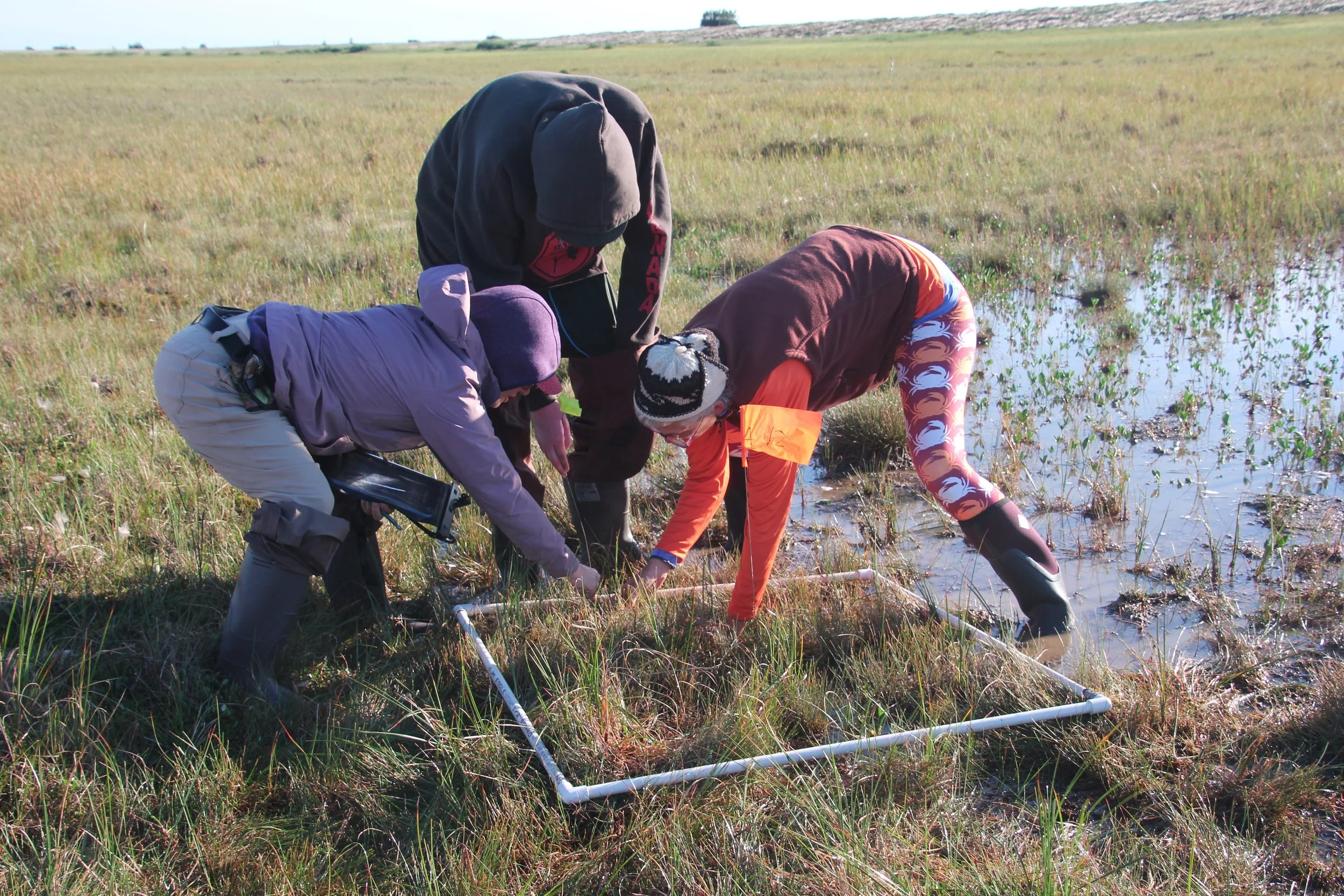
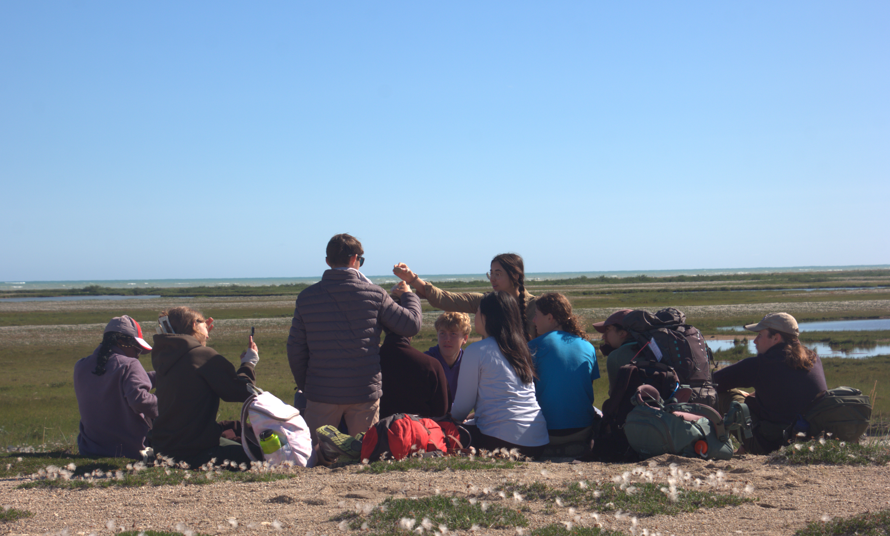
Our Story
Founded in 2008, the International Student-Led Arctic Monitoring and Research Program (ISAMR) is a diverse team of students, scientists, and educators from the United States and Canada. Our mission is to better understand the impact of climate change in North America. By monitoring habitats in the Arctic and researching estuaries across eastern North America, we collect data to answer our research questions, bring students into a real-world scientific environment, and encourage scientific collaboration across cultures.
At ISAMR, we meet weekly to progress in our scientific research and collaborate with motivated students and scientists from diverse backgrounds. Additionally, we deliver presentations at international scientific conferences annually and produce a number of posters, infographics and maps.
This website is student-designed and maintained in conjunction with our Facebook account to share the work ISAMR is doing and encourage others to get involved. In fact, one of our Facebook posts was reposted by Canadian Prime Minister Justin Trudeau!
Some of our Research
Microbes
The Hudson Bay Lowlands in northern Canada is the second largest wetland in the world, storing approximately 30 petagrams (i.e. ~5 million kg) of carbon. The microbial communities in these peatland fen and bog ecosystems are important factors impacting the turnover of the carbon reservoir, influencing the release of greenhouse gases as permafrost melts. However, few studies have investigated the relationship between the microbial communities in the permafrost active layer, the layer of soil that seasonally thaws, and the thickness of that permafrost layer.
Permafrost
The primary focus of the permafrost research is to develop a model that will allow anyone to predict the depth of the Active Layer—the layer of ground above the permafrost that melts and freezes each year—based on vegetation growing on the tundra's surface, other surface indicators, and environmental factors. At each site in Churchill and Wapusk, data is collected on categorical vegetation cover, species analysis, and Active Layer Thickness (ALT). Data from this study is used as ground controls for remote satellite imaging.
ISAMR's ability to conduct meaningful research in the Wapusk environment with a team of international students, teachers, and professional researchers is due to the generous support of the following organizations:
NSERC, Natural Sciences and Engineering Research Council of Canada, has been funding ISAMR since 2014.
We thank them for their continued funding through 2020.
We also rely on support from people who are committed to climate change research. We appreciate any contribution, large or small.
We accept donations from all major credit and debit cards and PayPal. Thank you for your support.
If you have any questions, or would like to become a sponsor, contact ISAMR here, and select Donations & Funding as the subject.

